News
How climate change could cause a home insurance meltdown
By: Michael Copley | Rebecca Hersher | Nathan Rott | NPR
Posted on:
WASHINGTON, D.C. (NPR) — Big wildfires had started burning more often in California, creeping closer to Beth Pratt’s home near Yosemite National Park. So Pratt did what homeowners in fire-prone areas are supposed to do: She added a metal roof, traded wood decking for laminate, installed a water tank and a fire hose, and cleared vegetation near her house. Pratt says she emptied her savings to make her “home for life” fire resistant.
But it didn’t matter. Earlier this month, Pratt got a letter from Allstate, her home insurer of 31 years, saying her coverage was being dropped because of the threat from wildfires. “I get companies need to make money. I have no problem with that. Increase my rate,” Pratt says. “But to just drop people — you know, it’s scary. It leaves us feeling extremely vulnerable.”
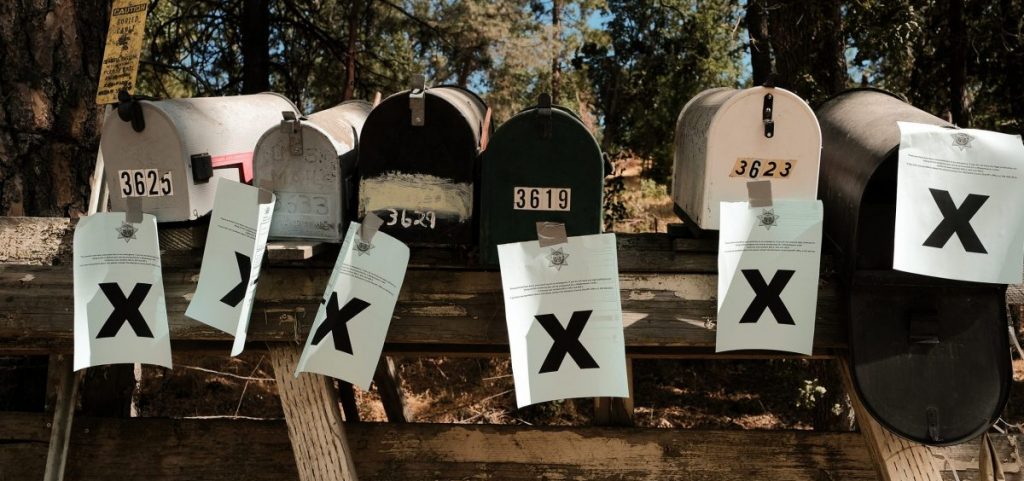
California isn’t alone. Insurance companies in states like Colorado, Louisiana and Florida are paring down business to shield themselves from ballooning losses as climate change fuels more-intense disasters. Earlier this month, the insurance arm of AAA announced it would not renew some “higher exposure” home insurance policies in Florida, and Farmers Insurance announced it will stop offering new home insurance policies in the state and won’t renew thousands of existing ones, in part because of rising losses from hurricanes.
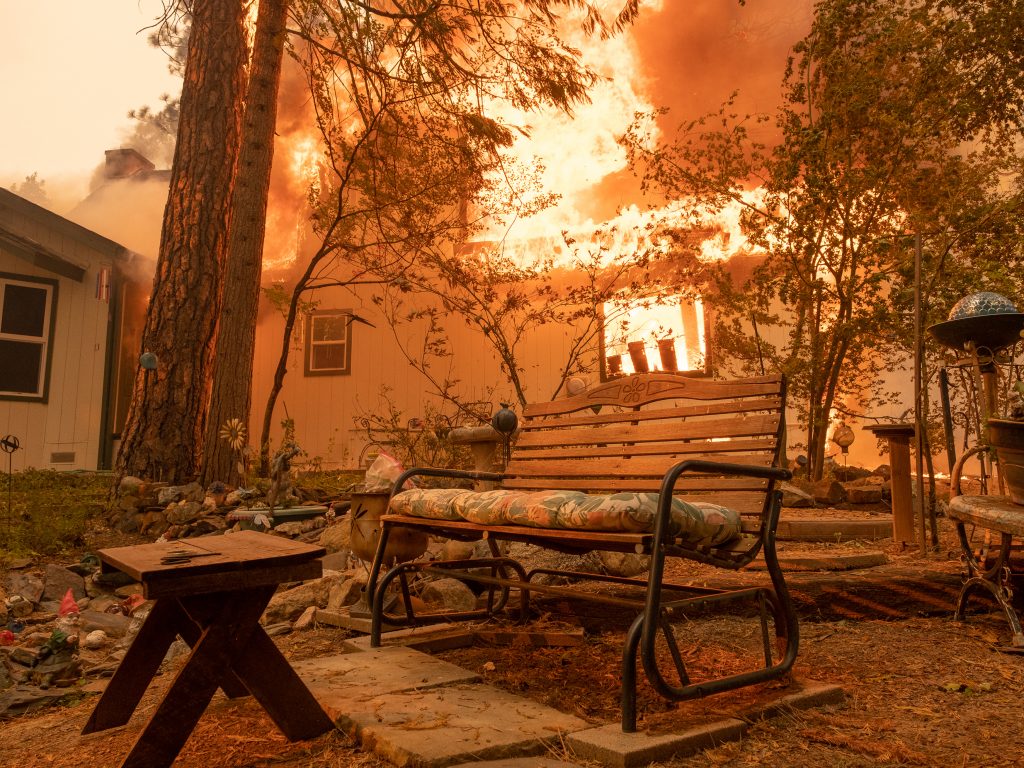
If people can’t get insurance, they can’t get mortgages. And families who don’t have adequate home insurance often struggle after disasters. Some have to move because they can’t pay to repair their homes, or else they suffer long-term damage to their finances.
Several factors have converged to make adequate, reasonably priced home insurance harder to get. State agencies regulate the insurance industry, and they are trying to keep rates low for residents, even as weather gets more extreme from global warming. As a result, insurers say they can’t increase rates enough to cover the damage occurring in the riskiest places.
Meanwhile, the cost of disasters keeps going up. People continue moving to coastal regions vulnerable to hurricanes and to rural, forested areas around the country that are prone to wildfires. When homes get destroyed, inflation is making it more expensive to rebuild. All the while, the rising temperatures driving disasters are caused primarily by burning fossil fuels that insurance companies themselves continue to underwrite and invest in.
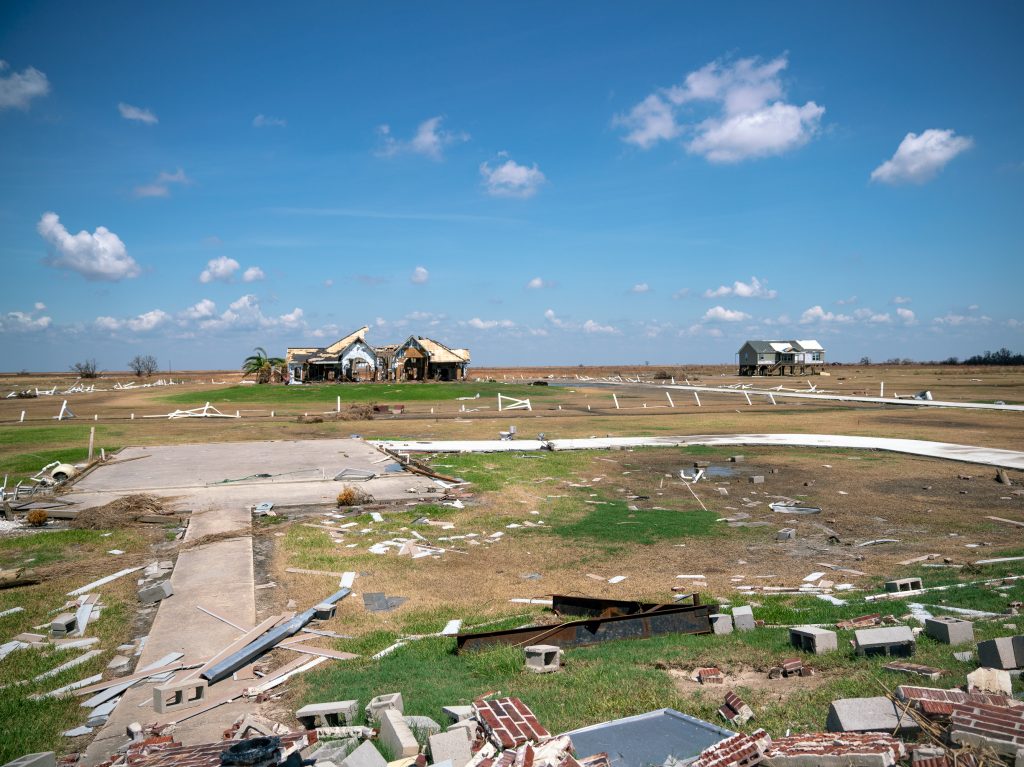
Allstate wouldn’t comment on Pratt’s case.
The shrinking of home insurance options comes at a time when most American families have little in savings, and many can’t get a loan to repair a house that’s damaged or destroyed. So, when people can’t get home insurance, or have inadequate coverage, the consequences can be profound.
“That impacts real estate, it impacts construction, it impacts lending. It’s just ingrained with everything,” says David Marlett, managing director of the Brantley Risk & Insurance Center at Appalachian State University. “Just as a human being, if you want to be able to stay where you live or where your job is or where your kids go to school, you want to be able to rebuild your house, you have to have a solvent insurance company that provides good coverage so that you can rebuild.”
This crisis has been a long time in the making
American insurers already have a history of cutting back coverage in the face of disasters. The first big rupture in the U.S. insurance market happened decades ago when most companies stopped covering flooding.
Companies decided flooding was “uninsurable,” says Don Hornstein, a professor at the University of North Carolina School of Law. That’s because it’s complicated to figure out which places will flood and how often those floods will occur. “They didn’t have maps or statistical basis to calculate what the premiums could be, which is the bread and butter of insurance, and partly because, I think, of an intuition — probably true — that if they could figure it out, no one would be able to afford it.”
That led the federal government to create the National Flood Insurance Program in 1968, and it now provides the vast majority of residential flood insurance in the U.S. The program is backed by taxpayer dollars, but it is chronically in debt and is increasingly unaffordable for homeowners because it wasn’t designed for the enormous climate risk that the U.S. now faces.
In the decades since the program’s creation, climate change has made other types of disasters, like hurricanes and wildfires, more unpredictable and expensive too, which is slowly undermining private insurance markets state by state.
After Hurricane Andrew caused an estimated $26 billion in damage in Florida in 1992, the state’s insurance market was “falling apart,” Marlett says. Some insurers went bankrupt, others pulled back, and the price of insurance rose for homeowners.
Thirteen years later, Hurricane Katrina unleashed a home insurance meltdown in Louisiana. In both states, private insurance markets never fully recovered. That pushed more homeowners to rely on special state-run plans that are only available if you can’t get home insurance any other way. Those state-run insurers of last resort were forced to take on billions of dollars in home insurance policies that no private company would accept.
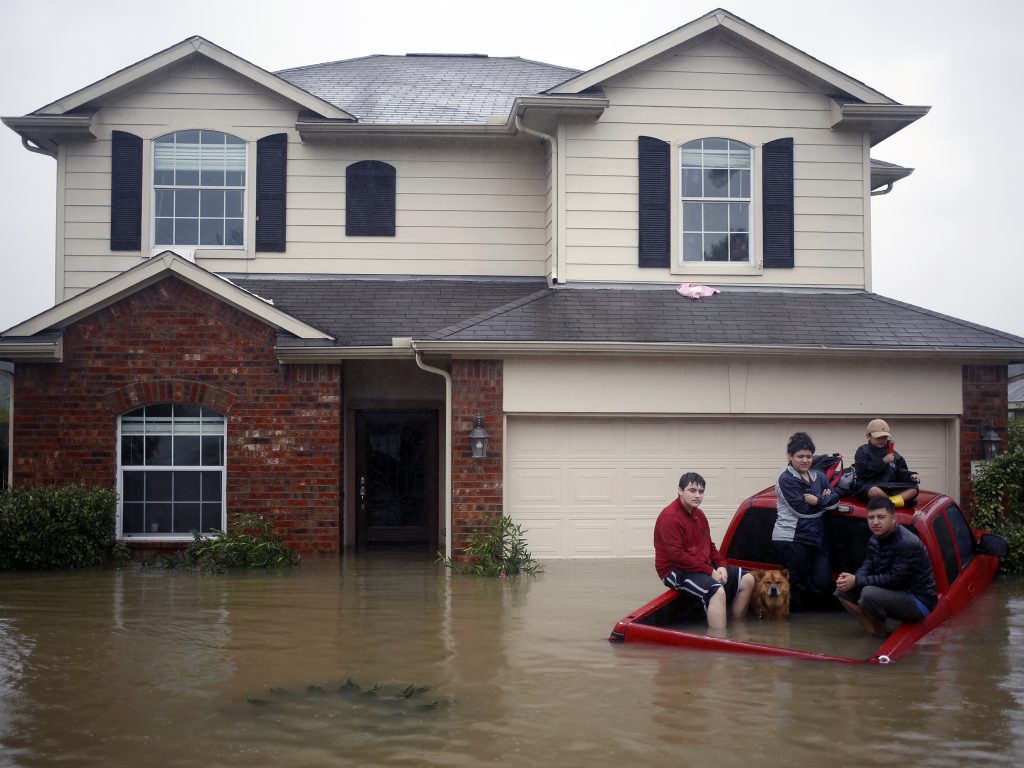
In Florida, the state’s insurer of last resort, known as Citizens Property Insurance Corp., expected to do more business in 2023 than it did in the previous two decades, mainly due to “continued instability within the Florida insurance market” following the devastating damage caused by Hurricane Ian last year.
The average price of home insurance has risen by 21% nationwide since 2015, says George Hosfield, senior director of home insurance at LexisNexis Risk Solutions. That comes to hundreds of dollars more for the average homeowner’s annual premium.
States that are more vulnerable to climate-driven disasters such as wildfires and hurricanes have seen even bigger increases. In Texas and Colorado, the average cost of home insurance has risen about 40% since 2015. In Florida, the statewide average is 57% higher than it was seven years ago. And in some of the hardest-hit areas, premiums have doubled or even tripled in the wake of major storms and fires.
The insurers Allstate, Chubb, American International Group (AIG), State Farm, AAA and Farmers declined interview requests.
“Obviously, insurance companies need to price insurance in a way that allows them to take in at least as much money as they pay out in claims,” Hosfield says.
But those higher rates haven’t stopped insurers from leaving some of the riskiest markets.
Insurers are looking for the exits
The problem, as insurance companies see it, is that they can’t charge enough to cover their bills after a major disaster.
California was enduring yet another brutal wildfire season when Evan Greenberg, the chief executive of the insurer Chubb, said in late 2021 that the company had decided to shrink its home insurance business in parts of the state that were even moderately exposed to blazes. The year before, wildfires burned a record 4.3 million acres in California.
The state had kept Chubb from charging customers “an adequate price for the risk, and not by a small amount,” Greenberg told Wall Street analysts. “So, someone else will have the pleasure of writing that business, unfortunately.”
Other big insurers followed Chubb’s lead, including AIG, Allstate and State Farm. State Farm, Allstate and Farmers, which is now limiting sales of new homeowners policies in California, accounted for more than 20% of the state’s property and casualty insurance market last year. (Casualty insurance covers the costs of accidents that injure other people or damage their property, and it is often sold alongside insurance that covers a home or car.)
California’s wildfires are becoming more intense as rising temperatures drive record drought and make forests more vulnerable to big, dangerous blazes. Insurers started seeing “a direct connection between climate change, the drought, a bark beetle infestation and the death of 120 million trees, and I think it’s just maybe started to really crystallize the reality of the impact that climate change is having on their business,” says Amy Bach, executive director of United Policyholders, a consumer advocate.
The property and casualty insurance industry is broadly profitable. But companies are worried about the growing cost of disasters in certain markets, due to climate change as well as things like inflation and rising property values.
In California, the industry pins a lot of blame on the state’s efforts to keep insurance rates low. Under a ballot measure that voters approved in 1988, insurers have to go through public hearings to get rate increases of 7% or more. That’s an expensive process, so insurance companies often ask for less, even if it’s short of what they likely need to cover their losses, says Michael Young, a vice president at Moody’s RMS, which does risk modeling for the insurance industry.
“Consumers feel like they’re being protected,” says Jim Tolliver, an insurance broker at Woodruff Sawyer. “But in reality, I’m not sure they are being protected. I think they’re losing options on who can really write [insurance policies] in the state.”
Mark Friedlander, a spokesperson for the Insurance Information Institute, an industry group, says insurers will stop writing policies if state regulators don’t let them charge customers enough to cover the risks the companies face there. When that happens, “it’s going to be harder for policyholders to find affordable coverage,” Friedlander says.
Jones, the former California insurance commissioner, says state regulators have given insurance companies “just about every rate increase” they have asked for in recent years. The problem, he says, is that the risks and losses from wildfires keep growing.
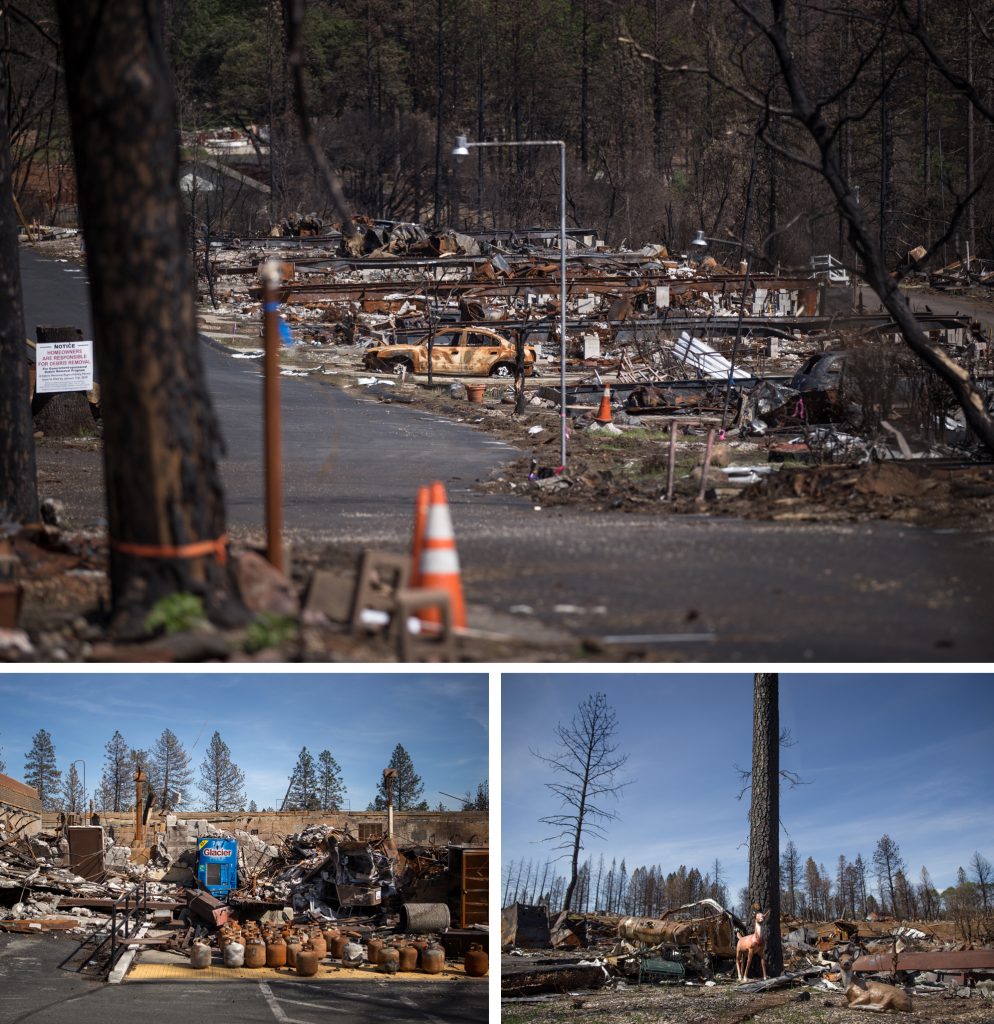
When insurers leave, consumers get higher costs and less protection
That ever-growing risk, driven in part by climate change, means that even if insurance companies are allowed to raise their rates dramatically, it won’t necessarily lead to plentiful or affordable options for homeowners.
That’s been on display after recent major disasters. Even as the cost of home insurance has skyrocketed in Florida and Louisiana, their home insurance markets have crumbled in the face of hundreds of billions of dollars of hurricane damage. In a survey of Louisiana residents, 17% of policyholders said their home insurer canceled their coverage last year. In Texas, some insurers left the state following Hurricane Harvey in 2017 and winter storm Uri in 2021. And homeowners in Colorado are struggling to find insurance after a string of disastrous wildfires.
As insurers leave regulated state markets, many homeowners have to turn to state-mandated plans that provide coverage to property owners who can’t get insurance elsewhere. Colorado created its own backstop insurer this year. But those policies are designed to cost more and only offer limited protection. Beth Pratt, the homeowner near Yosemite National Park, says she’s paying twice what she did to Allstate.
“I love that California has a [state-mandated] plan, but it’s a lot more expensive,” Pratt says. “I mean, I’ve heard from friends that it’s, you know, their insurance double, triple or quadruple.”
Some states are looking for new ways to regulate insurance companies as the Earth gets hotter. New York and Connecticut, for example, are pushing insurers to come up with strategies for managing the risks associated with climate change by considering both current and future hazards. That’s a change from the modeling that’s used by most property insurers in the U.S., which is “primarily based on historical experience, even as the past is becoming less reflective of a future” shaped by global warming, the Treasury Department said in June.
That reliance on backward-looking data has created a disconnect, some experts say, between insurance companies in many parts of the U.S. and the businesses they rely on to mitigate their own risk. Reinsurers, which essentially sell insurance to insurance companies, can use forward-looking climate modeling to set their rates. Reinsurers are not regulated the way insurance companies are, so they can raise their rates more freely.
But when reinsurance rates soar, as they have recently, state regulators often don’t give insurers leeway to raise their own prices based on the climate risks they’re seeing in the future, says Marlett of Appalachian State.
“And that’s why you see the insurance companies kind of throw their hands up and say, ‘Oh, fine, we’re just not going to provide coverage here,'” he says.
The reality, experts say, is that insurance rates may need to go up a lot more in vulnerable areas to reflect the risks people actually face living there. “Rates increasing is not something that we are in favor of, but if the benefit of that is that people understand more about their risk, then there’s some benefit to it,” says Beth Dwyer, Rhode Island’s insurance commissioner. Those benefits could include spending money to make a home more resilient to disasters or choosing to move out of harm’s way entirely.
There are fixes, just not easy ones
The biggest problem facing insurance markets in the U.S. is partly of the industry’s own making. Temperatures are on track to increase to levels that will make climate impacts like storms and heat waves a lot more destructive. But insurers continue to underwrite and invest in fossil fuel companies anyway, despite criticism from lawmakers and activist shareholders.
In June, Democrats on the Senate Budget Committee said they were opening an investigation into the insurance industry’s handling of climate change and its dealings with fossil fuel companies.
“It seems nonsensical at best — and complicit at worst — for State Farm to carefully factor climate risk from wildfires into its homeowner’s insurance policies, refusing in some cases to provide such policies at all, while apparently ignoring the heightened climate risk that its investment portfolio is helping to create,” Democratic Sens. Sheldon Whitehouse and Ron Wyden and Independent Sen. Bernie Sanders wrote in a letter to the company.
Given the near-certainty that the impacts of climate change will get worse, experts say it is critical to build homes that are more resilient. Roofs can be constructed to withstand hurricane-force winds and flying embers. Awnings can be designed so they don’t act like sails during a storm, ripping away and causing substantial damage. And in areas prone to wildfires, homes can be built out of fire-resistant materials, and adjacent land can be cleared of flammable brush.
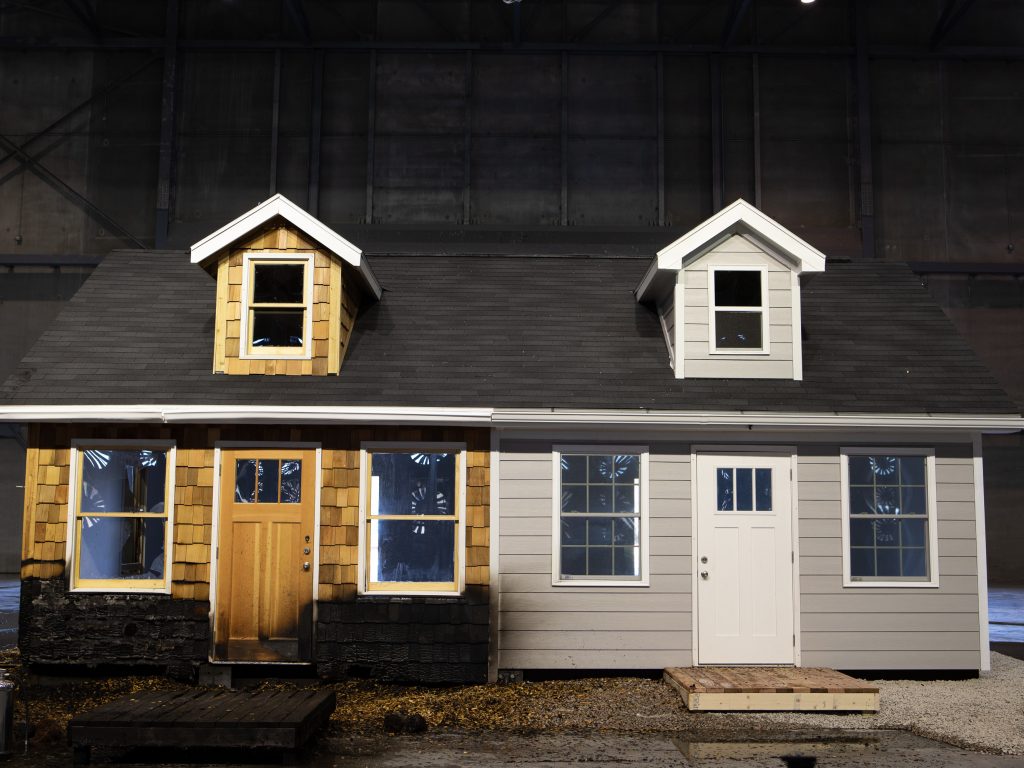
The insurance industry and state regulators strongly support efforts to “harden” homes against physical threats. But they don’t have the power to require them. Instead, insurers try to incentivize more-resilient buildings, or retrofits, by offering premium discounts to homeowners. Multiple states have programs to help pay for retrofits, and the federal government is trying to incentivize the building of more-resilient homes by making disaster-related funds more available to places that have stronger building codes. An Alabama initiative to upgrade roofs prevented so much hurricane damage that Louisiana is considering copying it.
Ultimately, though, it will be impossible to safely live in some areas. That’s already true for dozens of neighborhoods and towns that are relocating away from rising seas and storms, from Alaska to Staten Island to South Louisiana.
In the future, slowing down or even stopping development in the riskiest areas is ultimately part of the solution to rising insurance losses, experts say.
“There could be parts of states that are just not suitable for insurance, because really they’re not suitable for home-building,” says Hosfield of LexisNexis.
But for now, restricting development isn’t popular with most politicians.
“If you’re looking at economic development and property taxes, the last thing you want to do is say, ‘Well, don’t build your multimillion-dollar house here on the coast or on the Outer Banks,'” Marlett says.
Dwyer, the Rhode Island insurance commissioner, says everyone should be paying attention to what’s happening in places like Louisiana and Florida. Those states are often cast as outliers when it comes to climate risk and insurance market dysfunction. But Dwyer says other states could soon face similar upheaval.
“If you’re on the coast in Louisiana, you’re on the coast of Florida, there’s no question, you probably have some of the highest risk in the country,” Dwyer says. “But I hope that we’ve gotten to a point where it’s not ‘Hey, that’s somebody else’s problem.’ Because it really isn’t. It’s gonna hit everybody in every part of the country.”
That’s increasingly clear to the millions who are already living in harm’s way. For some, the risks they’re facing are unlike anything they had seen before.
“We didn’t used to have this many fires up here,” says Pratt, the California homeowner. “The notion that, somehow, you know, we all built in this high-risk fire area — well, no, we didn’t have major fires here every year.”
9(MDU1ODUxOTA3MDE2MDQwNjY2NjEyM2Q3ZA000))

